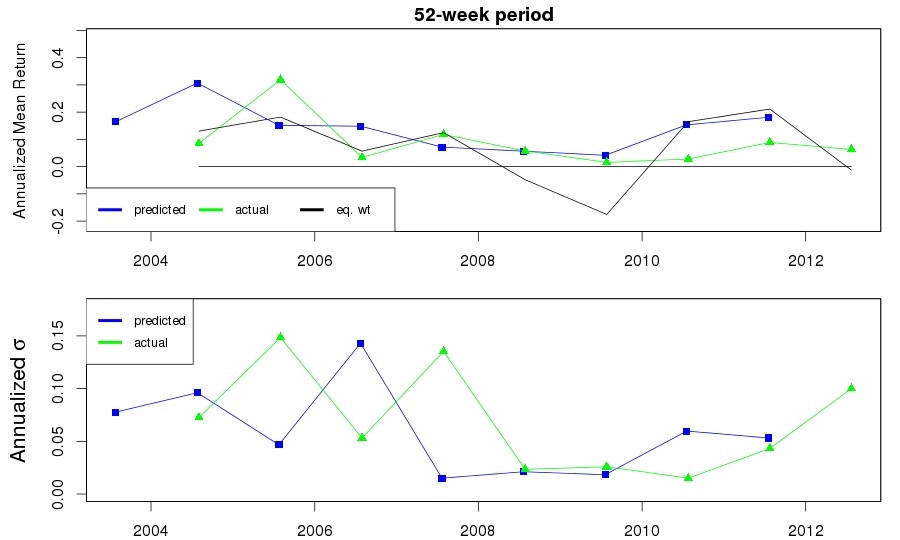ETFs Commonly Found In Retirement Accounts (BND SPY IWM IWD)
Post on: 5 Июль, 2015 No Comment

Despite their overall popularity among investors exchange-traded funds (ETFs), which represent more than $1.8 trillion in assets in the U.S. alone, are still nascent in retirement plans. But they are beginning to gain steam.
Charles Schwab Corp. (SCHW ), for example, became the latest of a handful of firms to offer ETFs in retirement plans when earlier this year it launched an ETF 401(k) platform. Other firms that offer ETFs in 401(k) platforms include TD Ameritrade and ShareBuilder. (For more, see: How to Include ETFs in a Client’s 401(k) .)
Like mutual funds, which reign supreme in retirement accounts, ETFs offer diversification through a single investment. Unlike mutual funds, which are priced at the end of the day, ETFs are traded on an exchange throughout the day and you can buy and sell ETF shares like a stock. Because most ETFs track indexes and are passively managed they also typically have lower expenses than actively managed mutual funds. (For related reading, see: Top Mutual Funds in Retirement Plans .)
Most-distributed ETFs
Below is a list in descending order of the 10 most-distributed ETFs in 401(k) plans, according to research firm Brightscope.
Vanguard Total Bond Market (BND )
SPDR S&P 500 (SPY )
iShares Russell 2000 Index (IWM )
Vanguard Total International Stock (VXUS )
iShares Russell 1000 Value Index (IWD )
iShares Core Total US Bond Market (AGG )
iShares Russell 1000 Growth Index (IWF )
iShares S&P 500 Index (IVV )
Vanguard Small Cap Growth (VBK )
Diversification Benefits
With just a few ETFs you can end up with a well-diversified, risk-adjusted retirement portfolio. Which ETFs you choose and how much in assets you allocate to each will depend on how risk-adverse you are and how close or far you are until retirement.
Like equity mutual funds ETFs that track stock market indexes are growth rather than income-oriented. It makes sense for a younger investor with a long-term investment horizon who can withstand the ups and downs of the stock market over the long haul to allocate more to equity ETFs than bond ETFs. (For more, see: Income-Generating ETFs to Add to your Portfolio .)
The SPDR S&P 500, with a whopping $170 billion in assets, offers broad-based exposure to the U.S. stock market. It tracks the Standard & Poor’s 500 Index, which includes 500 large-cap U.S. stocks. The index is considered a leading indicator of large-cap stocks in the U.S. (For more, see: 8 Great ETFs for Income and Diversification .)
Access to International Investments
Investors who don’t want to put all of their equity allocation in the U.S. markets could consider international equity ETFs to hedge against U.S. markets. The Vanguard Total International Stock International ETF tracks the FTSE Global All Cap ex-U.S. Index and offers broad exposure to emerging and developed equity markets outside of the U.S. (For related reading, see: Emerging Market ETFs for your Retirement Account .)
The aim of Bond ETFs, like bond mutual funds, is to produce income. They are generally considered more conservative and less risky than growth oriented equity ETFs. The Vanguard Total Bond Market ETF, the most popular ETF in the top-10 list above, tracks the Barclays Capital U.S. Aggregate Float Adjusted Index, a broad, diversified bond index. (For more, see: The Benefits of ETF Investing .)
Those nearing retirement or already there would typically have a higher allocation of their investments in bond ETFs than younger investors who have decades ahead of them before they retire. The latter are able to take on more risk for potentially higher returns over the long run. (For related reading, see: Mutual Fund or ETF: Which is Right for You? )
It is important to keep in mind, however, that all investments including ETFs have varying degrees of risk and returns are not guaranteed. (For related reading, see: What Advantages do ETFs Have Over Mutual Funds .)
The Bottom Line
Mutual funds dominate the retirement plan market but ETFs are starting to make headway as investment options. Like mutual funds, they offer the ease of diversification in a single investment. You may not have ETF options in your 401(k) plan just yet, but you can still invest via an Individual Retirement Account (IRA) or Roth IRA. Check with your brokerage firm to see which ETFs are available to you in retirement accounts. (For related reading, see: Will ETFs Eventually Replace Mutual Funds? )














